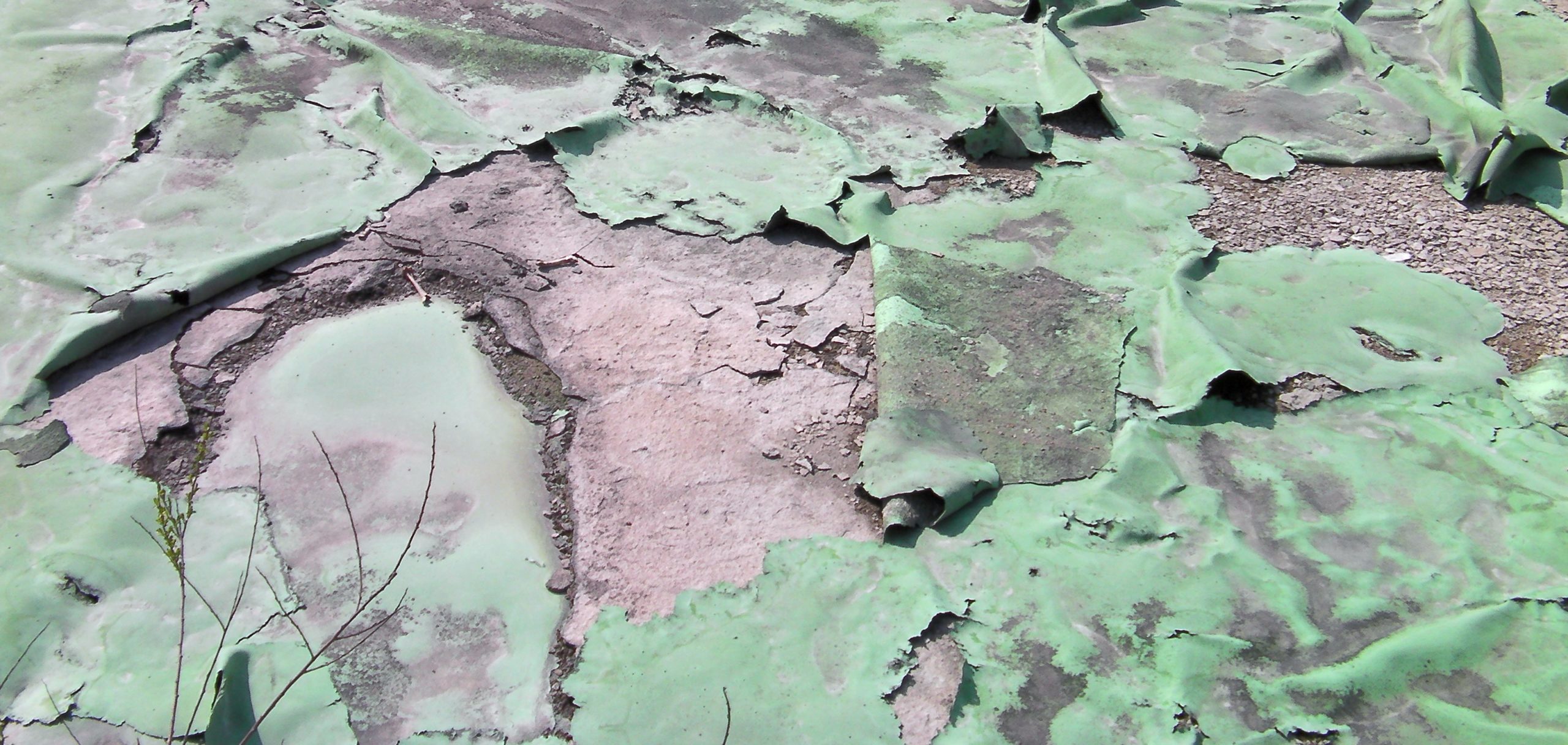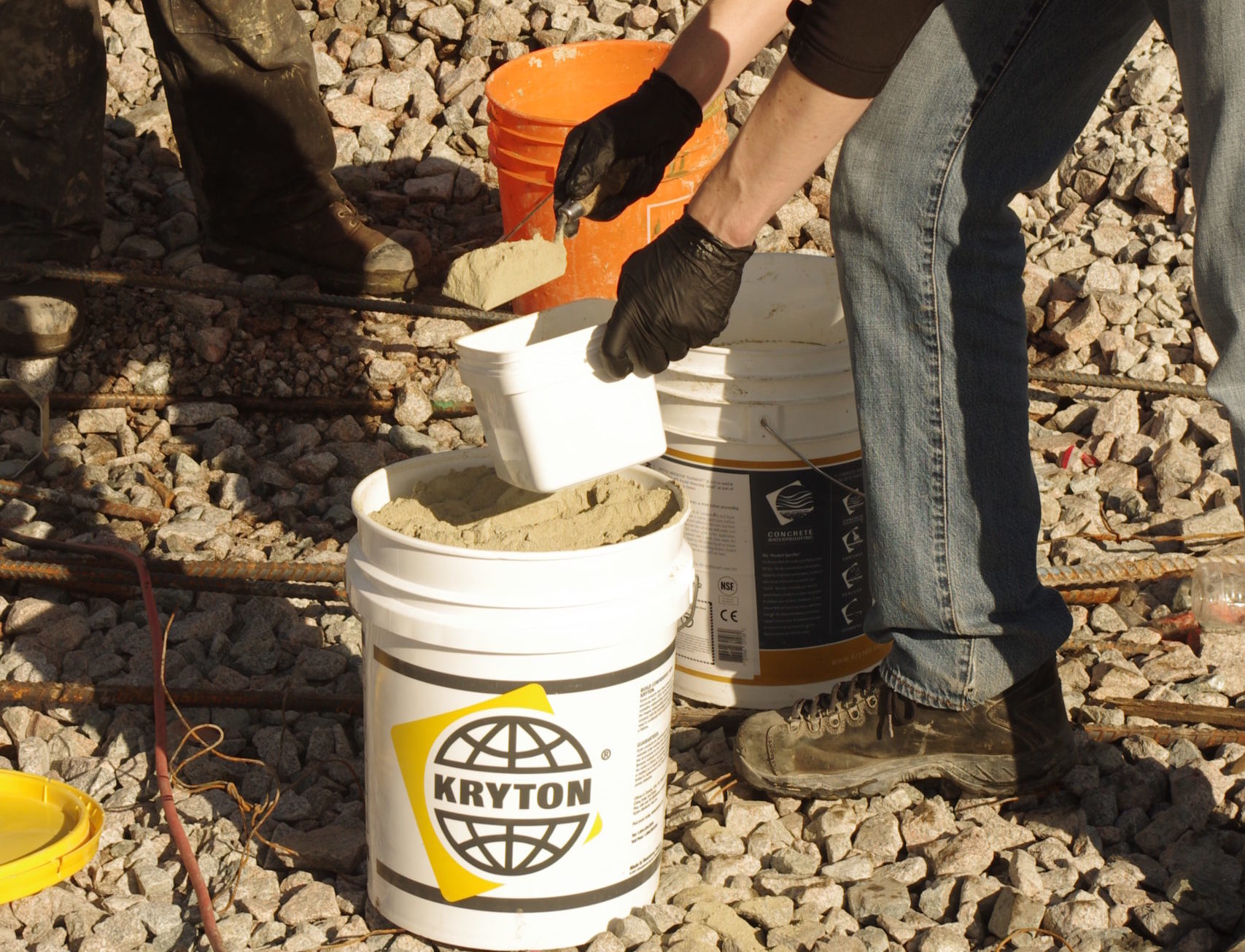Waterproofing membranes are commonly used to protect structures against hydrostatic pressure. The idea behind them is simple. They keep the water outside the structure (in the case of a basement or tunnel) or inside the structure (in the case of a water tank or canal) by using a physical barrier.
There is no doubt that membranes add adequate protection to the structure in this regard. And sometimes, using special types in specific applications is a must.
The problem, however, is that the quality of the concrete is sometimes overlooked in favor of how well membranes can protect it instead. While that can be seen as a tempting shortcut to deal with any issues the concrete has, it’s not the best approach to determining whether these membranes are worth using. To see why, let’s explore some of the common approaches to waterproofing membranes, what makes them particularly ineffective, and how to handle waterproofing membranes more effectively.
The Less Effective Ways to Approach Waterproofing Membranes
To start, here are some of the more common approaches to using waterproofing membranes that are less effective.
A Waterproofing Membrane’s Crack-Bridging Ability Is Sometimes Overly Relied Upon
Many waterproofing stakeholders stress on the fact that membranes have the advantage of covering cracks. The term for this for both sheet- and liquid-applied membranes is the crack-bridging ability. As they assume that the physical barrier will prevent water from reaching the cracks and penetrating the concrete, they tend to give less consideration to concrete placing, curing, and other best practices recommended by international codes and standards.
The same logic is used to argue that by using membranes, less attention should be given to the concrete pouring sequence and to the provision of control joints. Again, in this argument, they consider the best-case scenario that the membrane system will not fail. That leaves them vulnerable to any potential worst-case scenarios that occur.
The Variety of Membrane Products Can Make Membranes Seem Infallible
Waterproofing stakeholders also reason that the membrane market is diverse. Accordingly, the designer or contractor has the choice to select a bonded, unbonded, or a compartmented system to mitigate the risk of failure. They back their risk mitigation argument by the fact that each of these systems includes accessories to fix potential failures, such as injection hoses and injection flanges. With this argument, it’s easy to view membranes as infallible. But doing so would overlook their own particular weaknesses.
Why They Don’t Work
I will not go into all the details of each of the previously mentioned systems. But over the last 17 years of my industry experience, I have come up with the following conclusions that contradict the arguments above.
Waterproofing Membranes Can Work, but They’re Not a Replacement for Proper Concrete Construction
There is no doubt that membranes can add good protection when needed. However, the system is prone to failure and excessive leaking if the concrete is not self-sustained and integrally waterproofed. As a result, they may be better off being used alongside an integral waterproofing system and not as a replacement for that system. Some applications in particular that would benefit from this combination include livable basements and high-risk projects.
Essentially, there is no shortcut to waterproofing a structure. Quality waterproofed concrete, proper jointing systems (construction, expansion, and control joints), and adequate reinforcement are prerequisites to a sustainable, dry structure.
It’s True That Membranes Have Numerous Accessories, but That Doesn’t Make Them Infallible
There is no quick fix to a failing membrane system. Once the system fails, repairing it requires even more knowledge and craftsmanship than it took for installation. That’s why we witness endless attempts to use injections, leading to more harm and damage to the structure. Injection is both art and science, and what we see on-site is trial and error.
An Approach That Will Work
In short, the necessary conditions for a durable and dry structure include all of the following:
- Reducing the size and number of cracks in the structure proactively
- Improving the matrix of concrete with a reactive waterproofing admixture
- Fixing defects with a compatible repair system
- Treating the joints effectively
In some cases, and depending on the application and risk factor, membranes should be used to supplement, and not replace, an integrally waterproofed structure.







